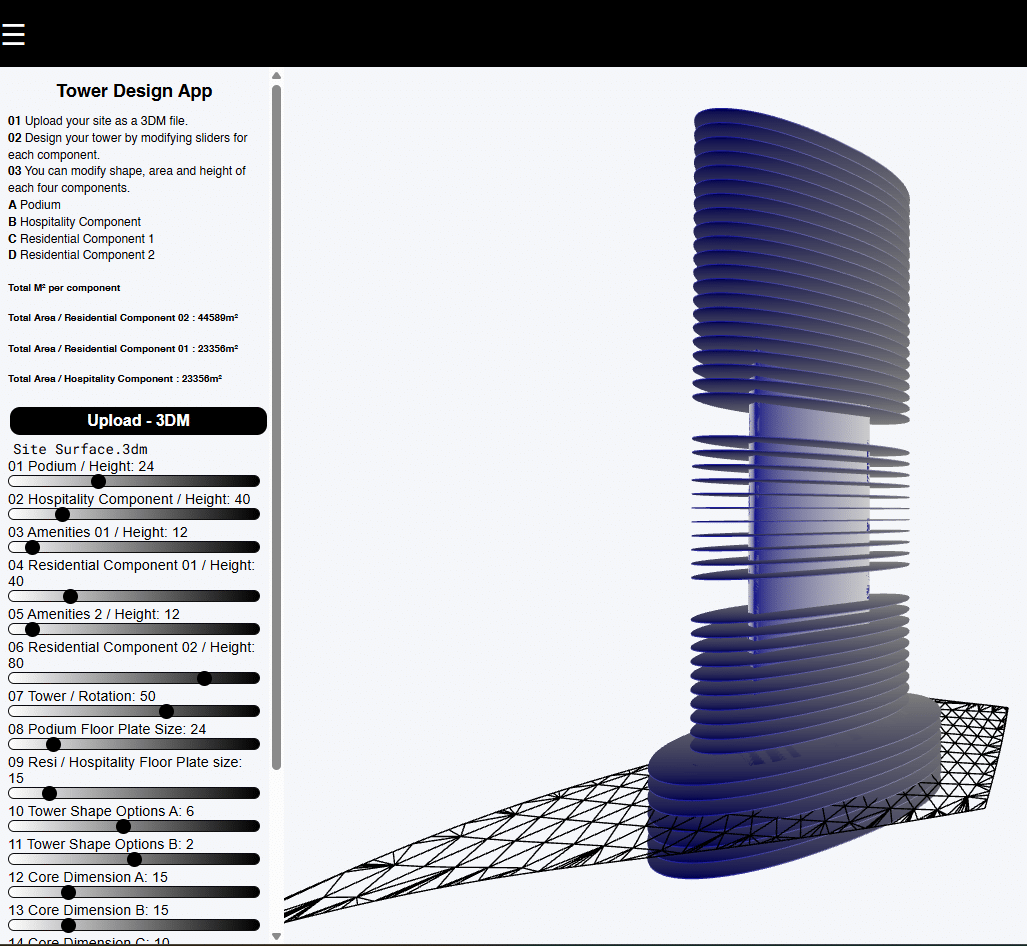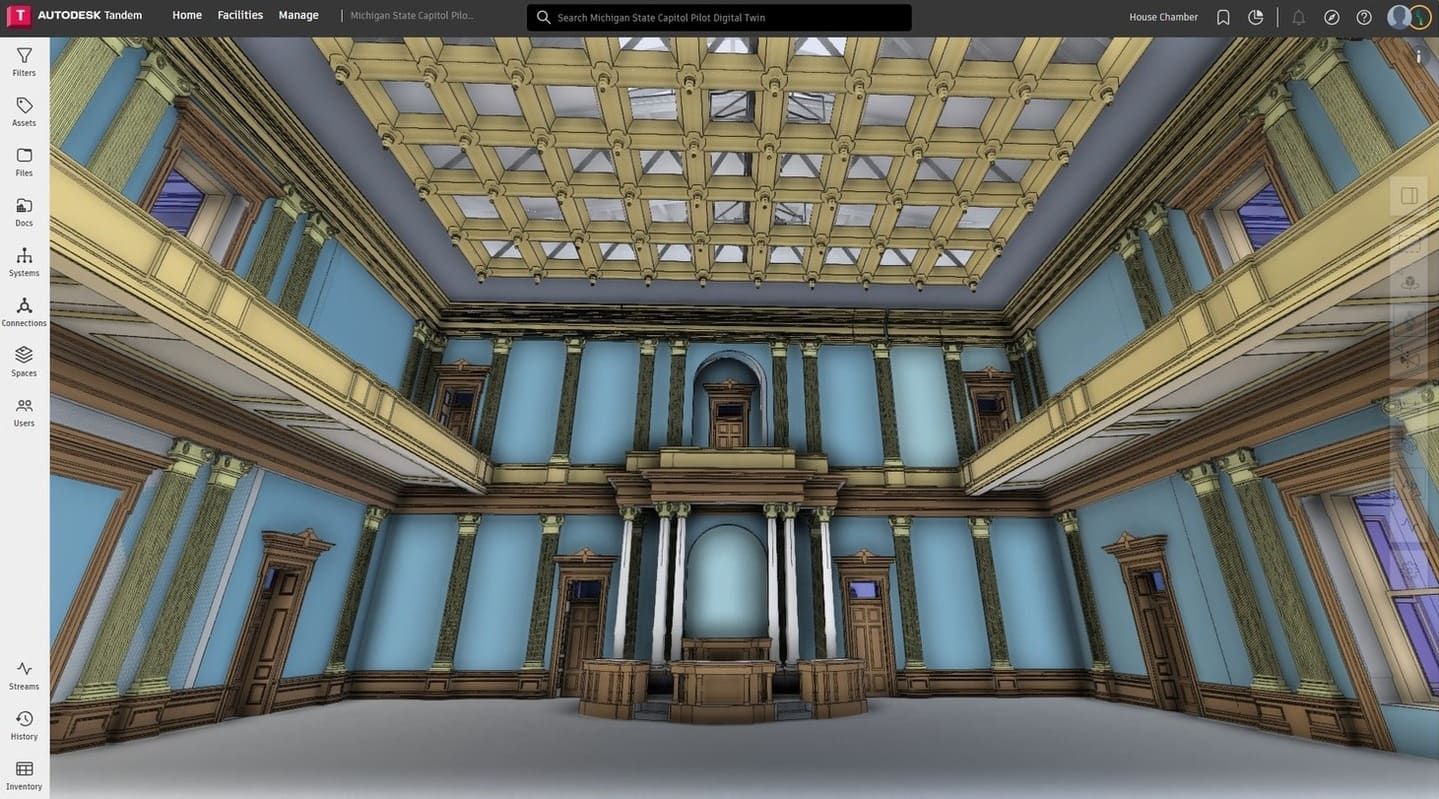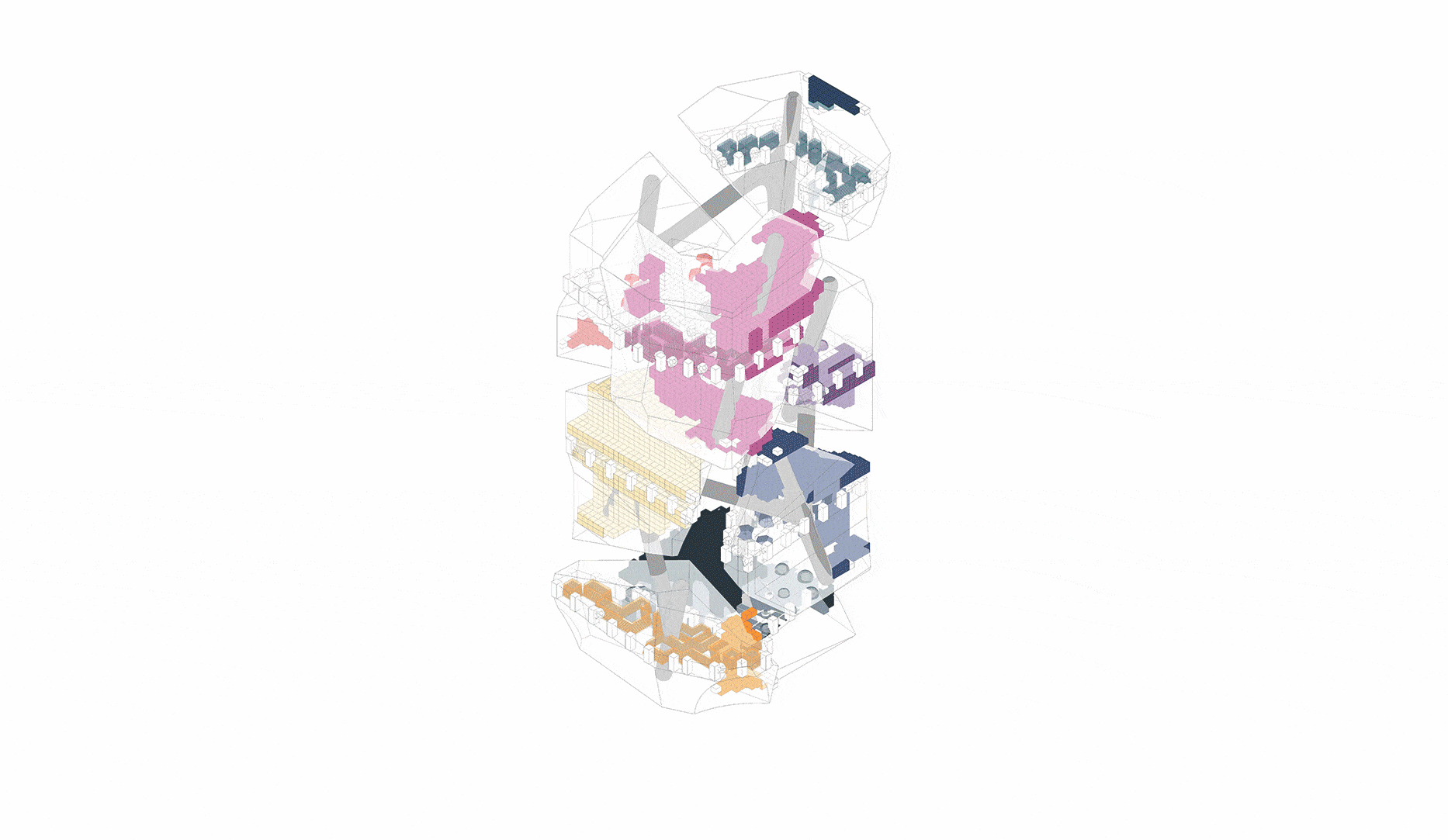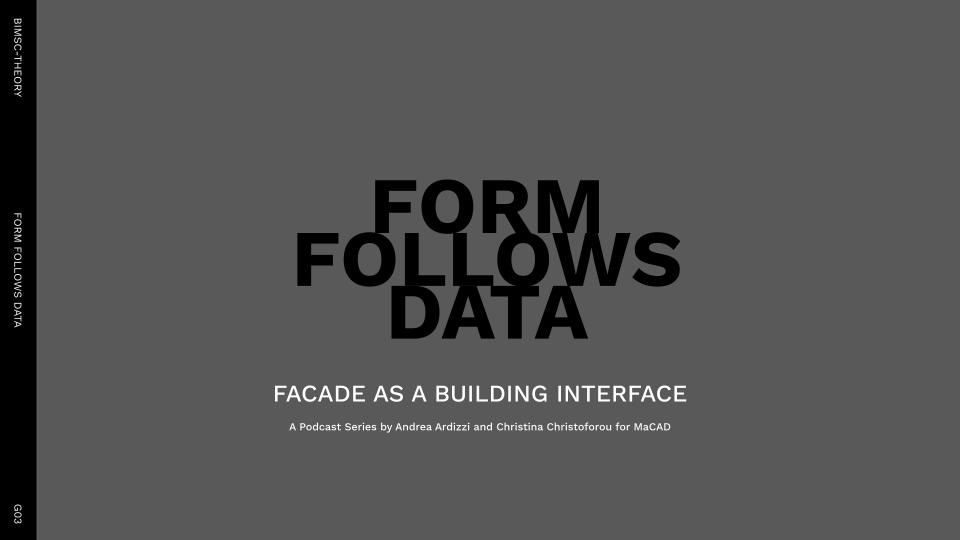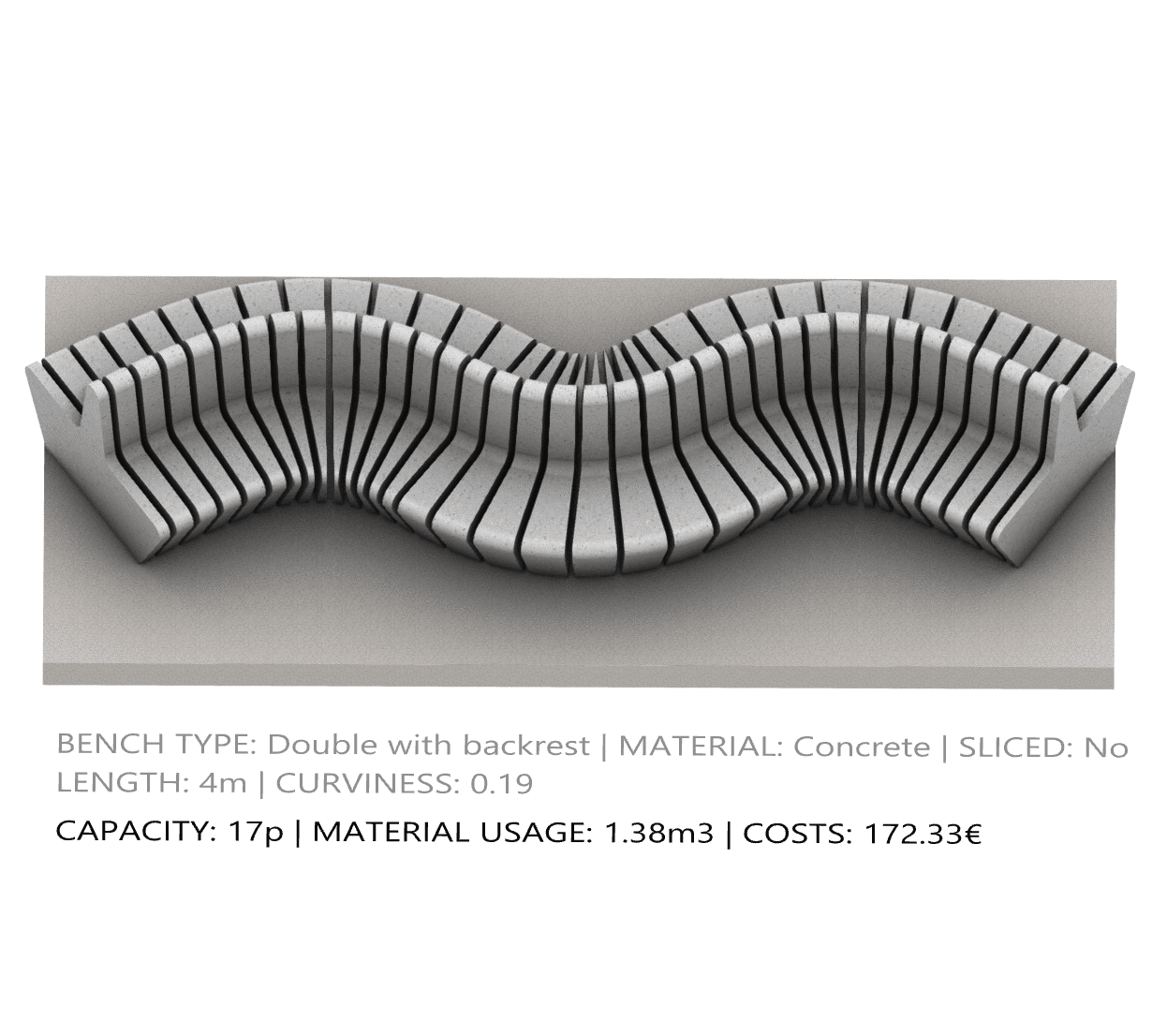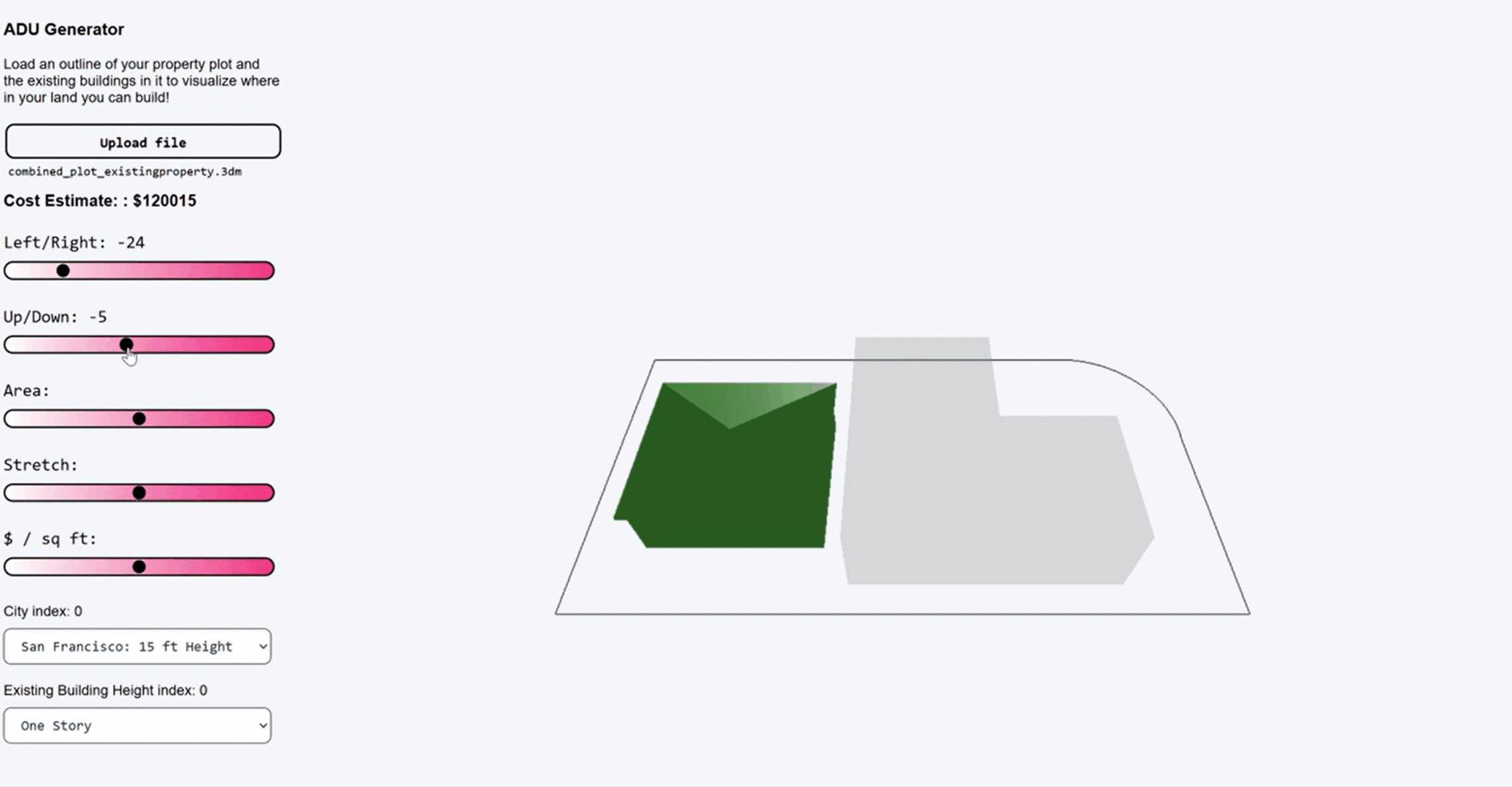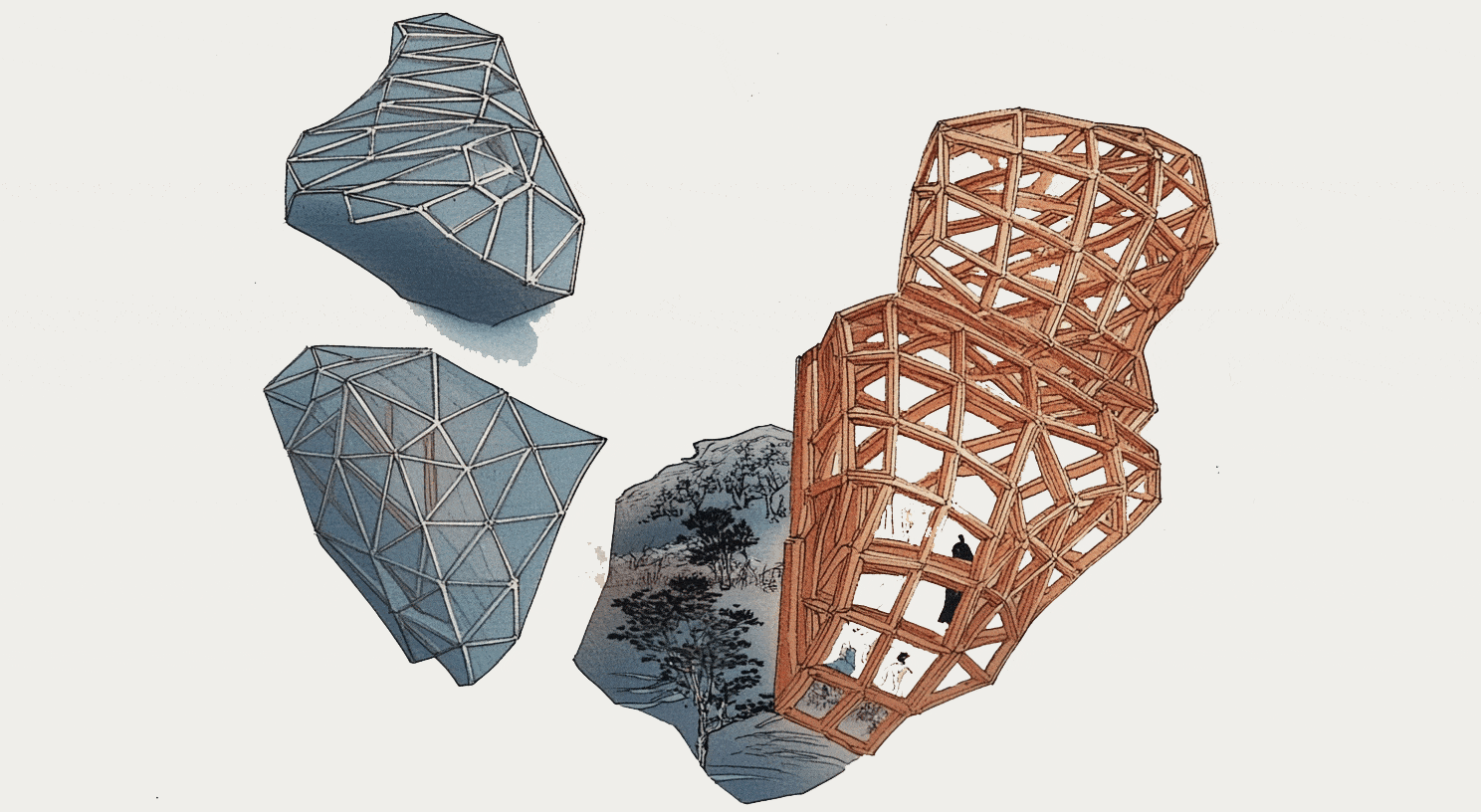Tower Design App
The Tower Design App is an interactive web application that empowers architects and designers to create and refine tower designs. Users start by uploading a site file in 3DM format, which establishes the design context. They then adjust a variety of design parameters through intuitive sliders that control component heights, floor plate sizes, rotations, and … Read more

